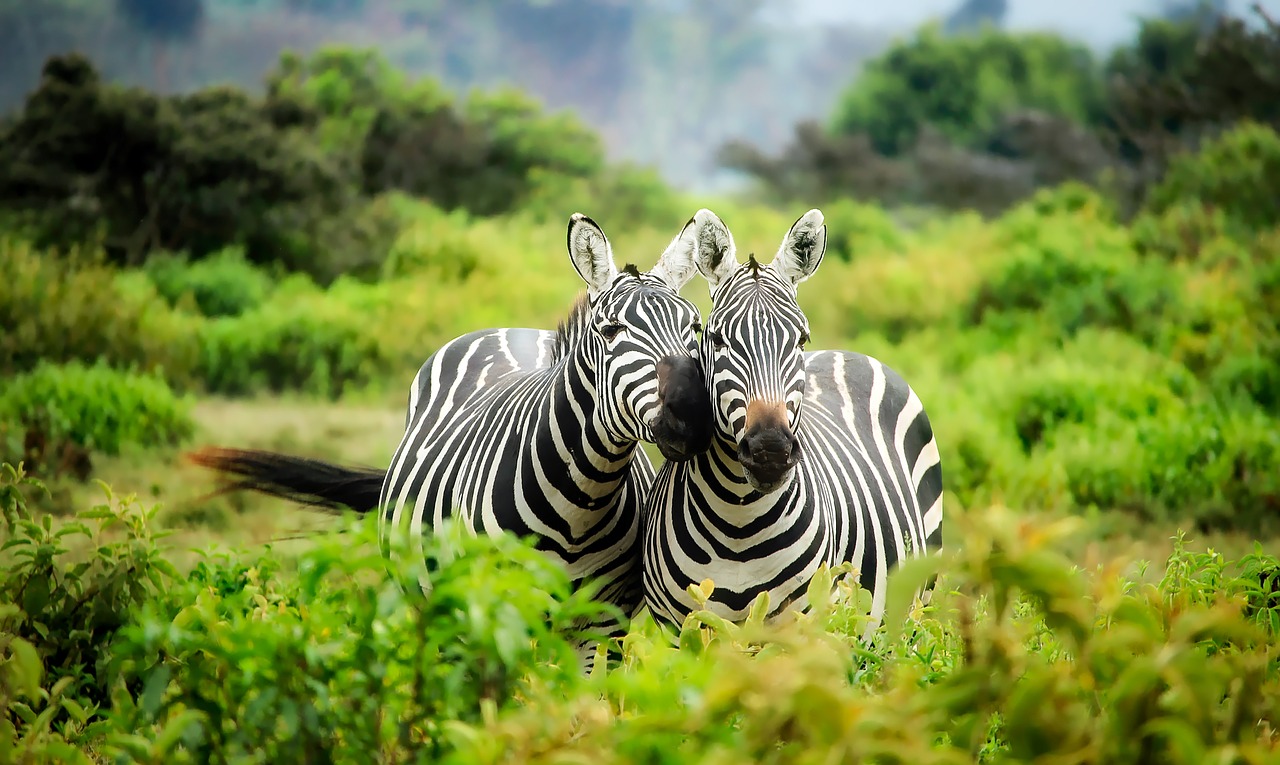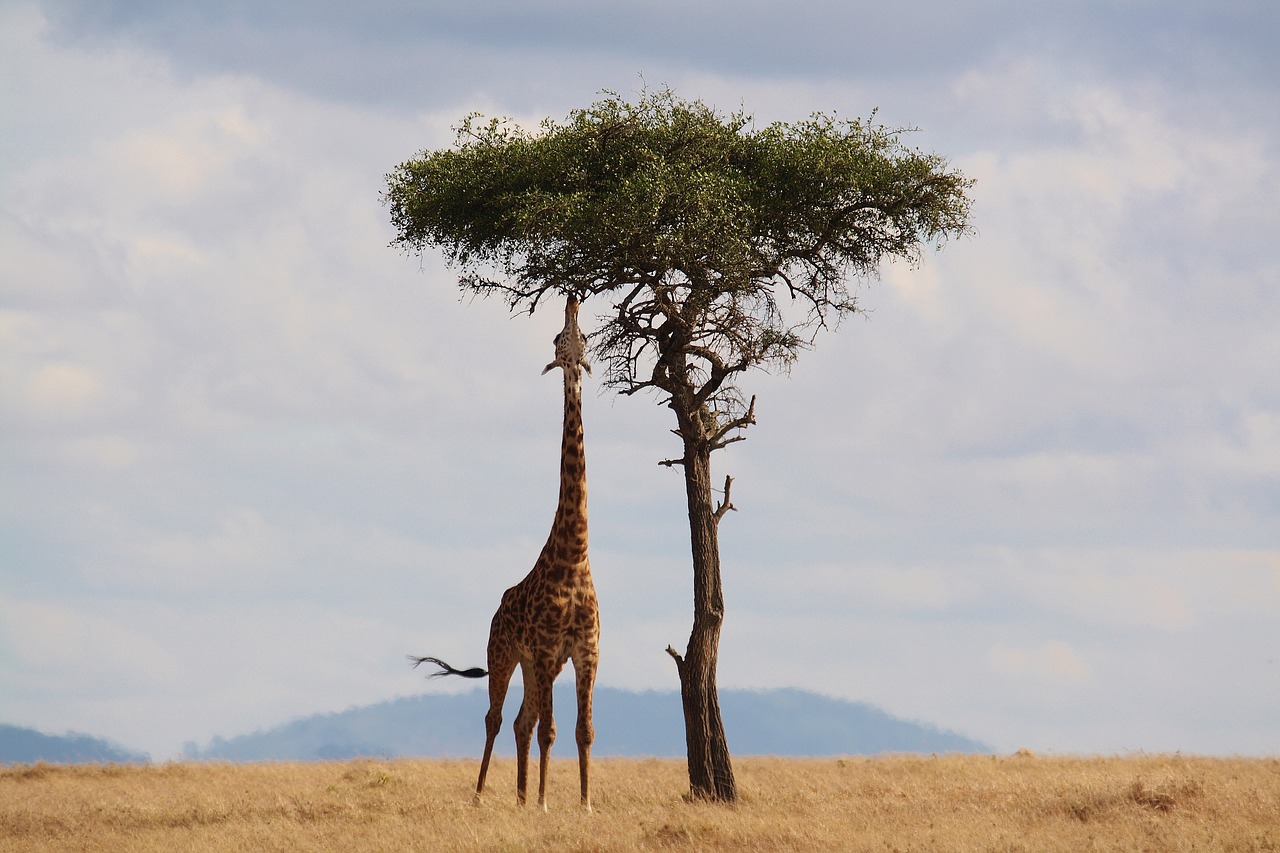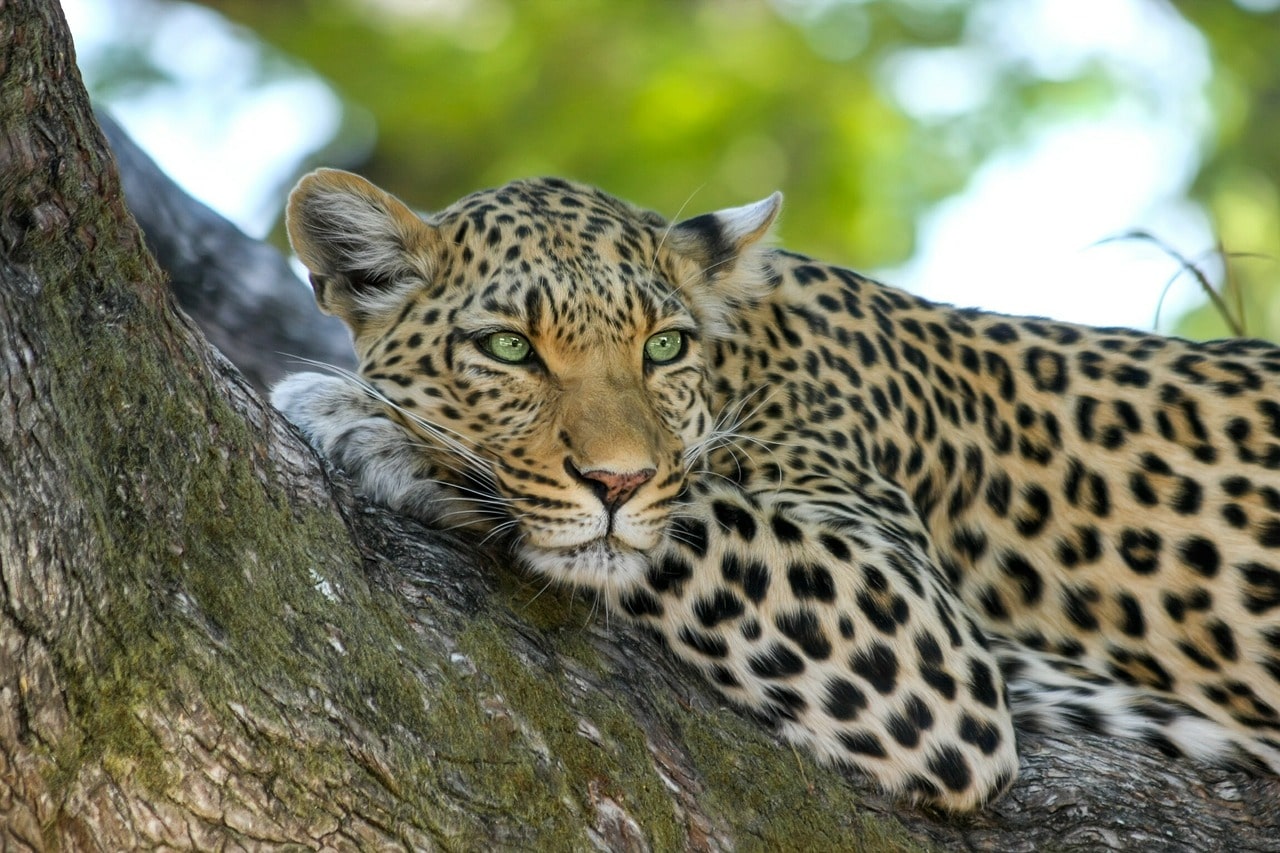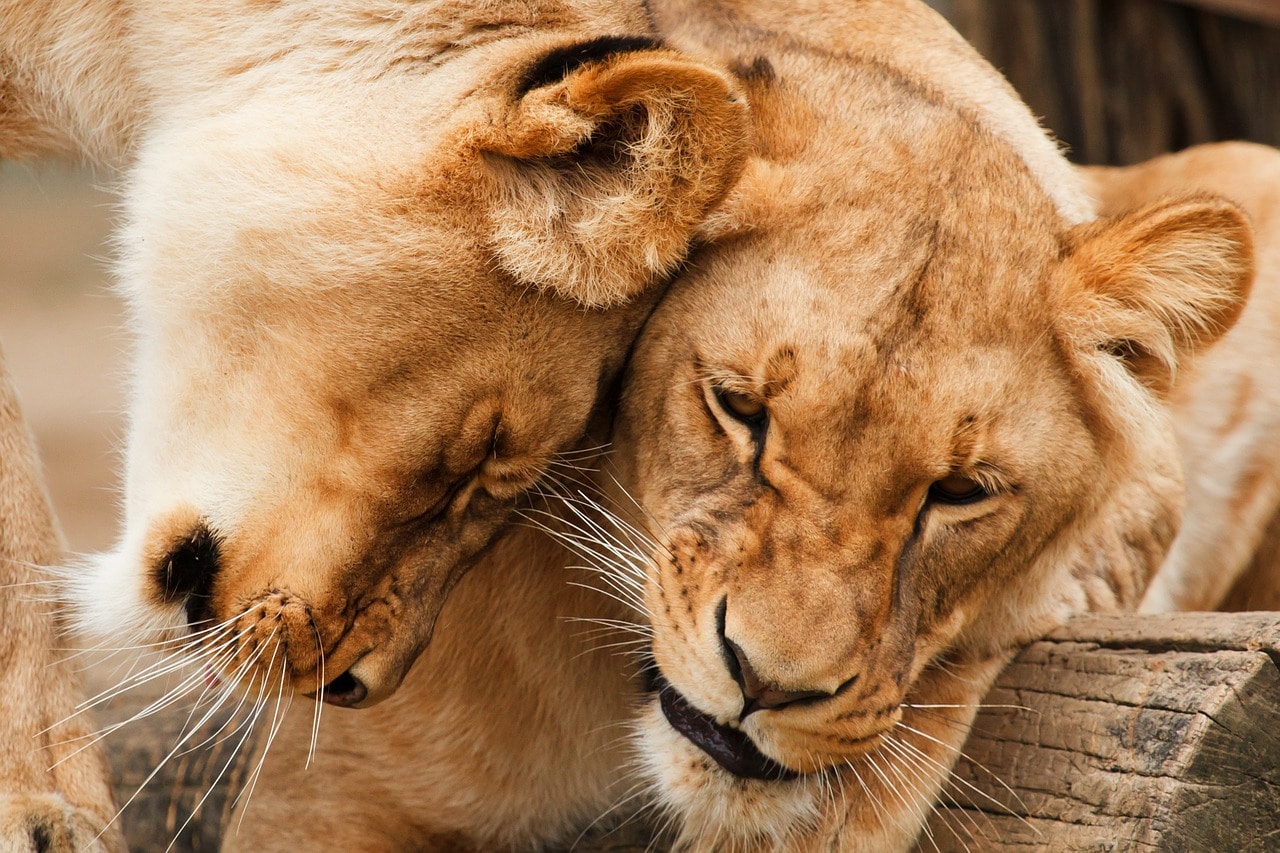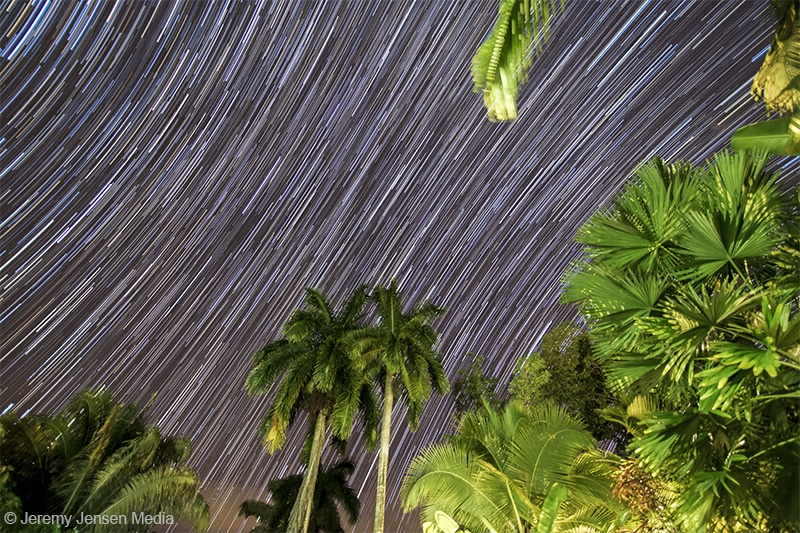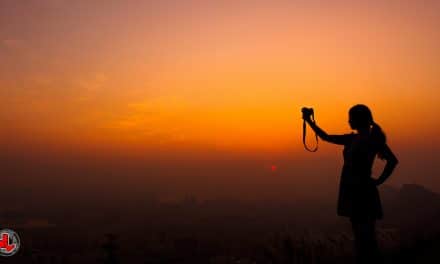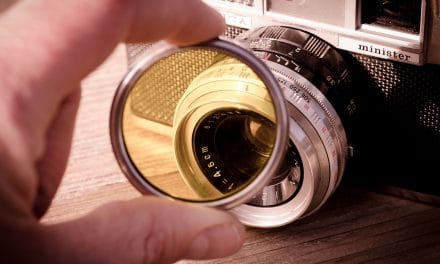Going on a photo safari is a bucket list item for many people, especially those who have an interest in photography in the first place. As a landscape photographer, the appeal for you will be twofold: both the majestic wild animals who may stalk across your lens, and the magnificent views of these exotic landscapes. Whether you choose to go to a national park or a private reserve, a photo safari will give you the opportunity to capture nature first-hand as you never have before. Here are some tips that will help you to get the most out of your – likely very expensive – trip.
Plan ahead
You’ll need to know a lot of details before you set off on your trip – before you even leave home. The particular details of your plan will inform what you should bring with you, so you don’t want to miss out by leaving something important behind.
First of all, know how you’re getting to your safari location. Sometimes you’ll set off from your lodge in a truck, but other times you might be taking a small plane or even a boat to the starting point. In these cases, you might be hit with a weight limit of how much you can carry. This means needing to weigh your photographic equipment ahead of time and also noting the essentials you’ll need to carry, such as sunscreen. Pack light and try to only include equipment that you will actually be able to use.
You can look up the website for your safari operator to see if they have any recommendations, read reviews by people who have taken photographs with them in the past, and even call or email to ask in person. Will you be able to set up a tripod? How far away from the animals will you be? Most likely, you will need long lenses – which can be very heavy. A single camera body, an extra battery pack, and lenses which have zoom elements are a good choice. You might also want to consider a wide-angle lens for getting more of the landscape into the shot.
Consider taking some filters, both to protect your lens and to improve your shots. A polarizing filter might be a good choice for capturing shots in changing weather conditions – in some places you may encounter fog or mist, for example. Strange as that may sound, a lot is possible when you’re dealing with volcanic craters and heatwaves!
Protect your equipment
As always, it’s important to protect your equipment while you shoot. One thing you should consider is not leaving equipment behind in your hotel room or lodge while you are out for the day. You have no idea how secure they will be – which is why it’s so important to choose which equipment will fit your weight limit ahead of time.
Most safari vehicles are open-topped, so you might need to prepare for rain or for dust hanging in the dry air. You can cover yourself and your camera with a rain jacket if you want to change lenses, or consider a protective plastic cover which will allow you to shoot in any weather circumstances.
While we’re on the subject, make sure to protect yourself, too. You won’t be any good at capturing shots if you get dehydrated and your hands start to shake, or you’re so hungry that you can’t think of anything else. Heatstroke and sunburn can also be real risks if you don’t take precautions. Especially if your photo safari encompasses more than one day, you need to keep yourself fed and hydrated, and protect yourself from the elements. This will give you more of a chance of getting those amazing shots as the trip goes on.
Consider your settings
You will want to expose your images correctly, of course, but there are other settings to consider when photographing on a safari. Do you want the landscape around and behind the animals to stand out? Or should you use a lower depth of field to get an artistic blur which allows focus on the animals themselves? You should almost certainly use continuous shooting mode, so that you can capture anything moving quickly – most wild animals will go fast if they do decide to go. Don’t risk spooking them with a flash, and try to turn off any non-mechanical noises on your equipment to be as quiet and unobtrusive as possible.
Bring your patience
The animals who live in these vast wildernesses are not there to perform for you. They are living their own lives, and you are likely nothing but an annoyance as far as they are concerned! Keep this in mind when you’re waiting for a shot. You might have to wait a long time, even an hour or more, for something to happen once you’ve even found a subject.
Lions are a great example of this. During the day, they’re often just lying around in the grass, or casually playing with their cubs. If you’re some distance away to stay safe, that won’t result in great, clear shots. But a bit of patience could pay off. Maybe they will decide to get up after a while and wander around – and you’ll be able to see them clearly. They might even playfight or engage in some other kind of activity that you can capture. The point is that you won’t ever see it if you get bored and decide to move on.
Don’t forget the humans
When focusing on all of the wonderful wildlife available to photograph across Africa, it’s easy to forget about the human element. There are plenty of tribes living particularly in national park areas, and they can be truly fascinating to behold. While you might not consider yourself to be a portrait artist, you can still get some great shots of a people living a simpler life. Then there are also the towns and cities that you might stop in, as well as your tour guide who might have their own fascinating tale.
Putting humans into these shots of fantastic landscapes can add more interest, and tell more of a story. Keep this in mind while you are shooting on your safari, and your best shots could turn out to be those that are completely unexpected.
These tips should help you to really make the most of your photo safari, which may well be a once in a lifetime opportunity. Remember to try to minimise the disruption of your presence. Don’t try to engage the animals, and never leave any waste behind – take it back to your accommodation to dispose of.
Photo license link: CC0

